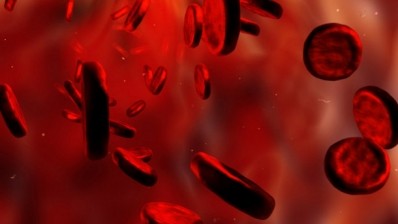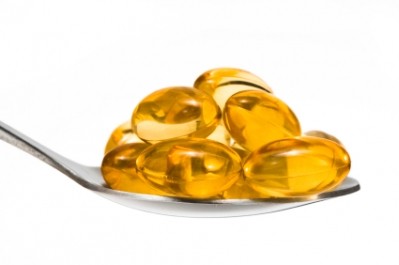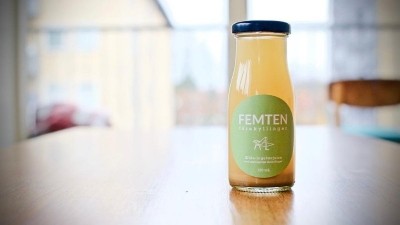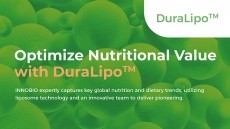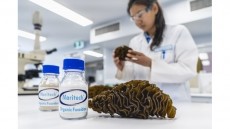Wasted value: Tomato waste backed for development of ‘nutrient rich’ ingredients
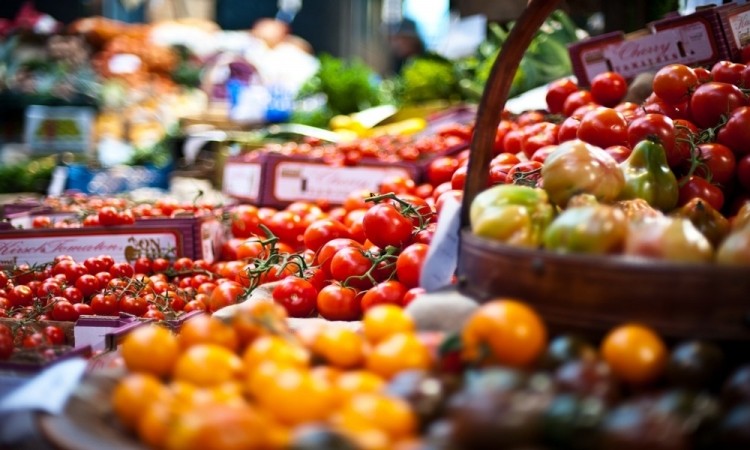
Writing in Innovative Food Science & Emerging Technologies, the team of Portuguese researchers suggest that the agri-food sector can do more for itself, the wider industry, and the environment, by recycling of plant wastes and using them for the production of valuable nutrient-rich extracts for the food and feed industries.
Led by José Pinela from the Polytechnic Institute of Bragança and the University of Porto the authors described and piloted a using a microwave-assisted extraction (MAE) process that resulted in the production of nutrient-rich antioxidant ingredients from tomato fruit wastes.
“This study addresses modern concepts of green chemistry, namely the recycling of agri-food wastes and the use of more sustainable extraction methods,” wrote the team – who noted that despite the ‘moderate’ capital cost of commercial microwave systems, MAE resulted in high extraction yields and reduced solvent consumption.
“The antioxidant capacity of the extracts was lower compared to the one of commercial food additives. However, the sustainably developed ingredients may be used in the fortification and functionalisation of food, as well as for incorporation in feed products,” they added.
Sustainable extraction
Pinela and his colleagues tested the MAE process under different conditions, including varying extraction time (t), temperature (T), ethanol concentration (Et) and solid/liquid ratio (S/L).
The MAE process was developed and optimised to maximize the recovery of nutrients and antioxidants from tomato fruit wastes, said the authors.
“The optimum processing conditions established in this study allowed a high extraction yield and reduced solvent consumption,” they said – adding that MAE can be considered as a sustainable alternative to conventional extraction methods.
Indeed, under the global optimal MAE conditions (t = 20 min, T = 180 °C, Et = 47.4% and S/L = 45 g/L), QWERT and colleagues reported that it was possible to obtain an extraction yield of 75.5% and ingredients with high levels of sugars, proteins, phenolics, and flavonoids, and interesting antioxidant properties – as measured by ABTS+ scavenging activity and oxidative haemolysis inhibition assay (OxHLIA).
“The valorisation of tomato wastes for production of nutrient-rich antioxidant ingredients is a sustainable strategy that can contributes to a bio-economy and helps to tackle the societal challenges of this century,” concluded the authors.
They noted that while the antioxidant capacity of the extracts of tomato fruit waste was lower than some commercial antioxidants that are widely used in the food industry, the developed ingredients “presented potential to be used in the fortification and functionalisation of food, or be incorporated in feed products.”
Source: Innovative Food Science & Emerging Technologies
Published online ahead of print, doi: 10.1016/j.ifset.2017.02.004
“Valorisation of tomato wastes for development of nutrient-rich antioxidant ingredients: A sustainable approach towards the needs of the today's society”
Authors: José Pinela, et al
